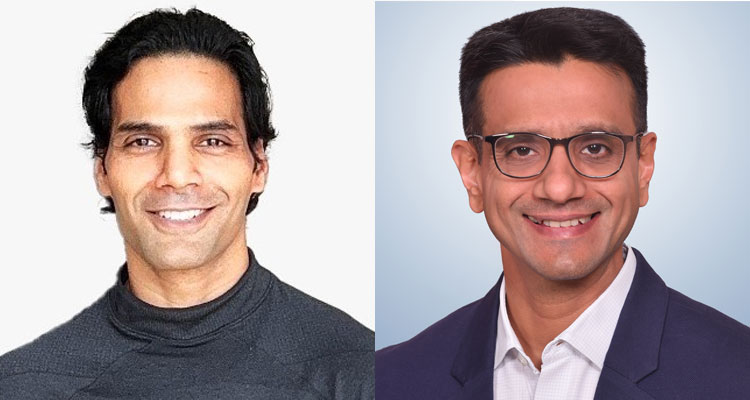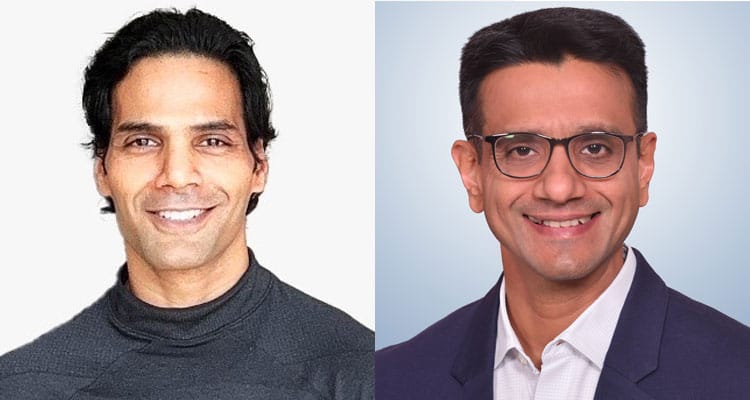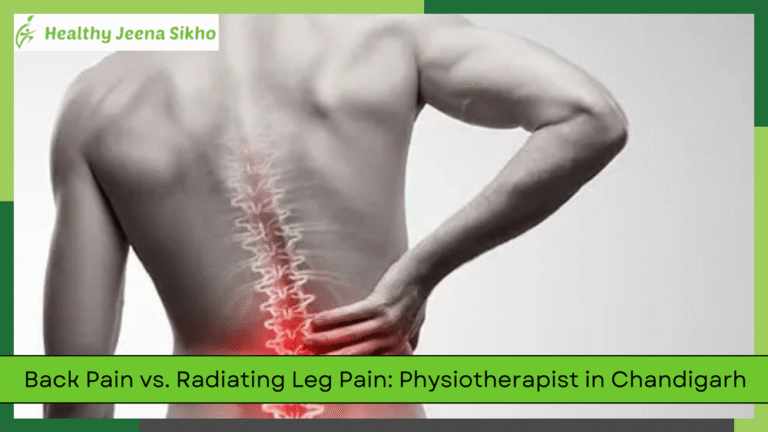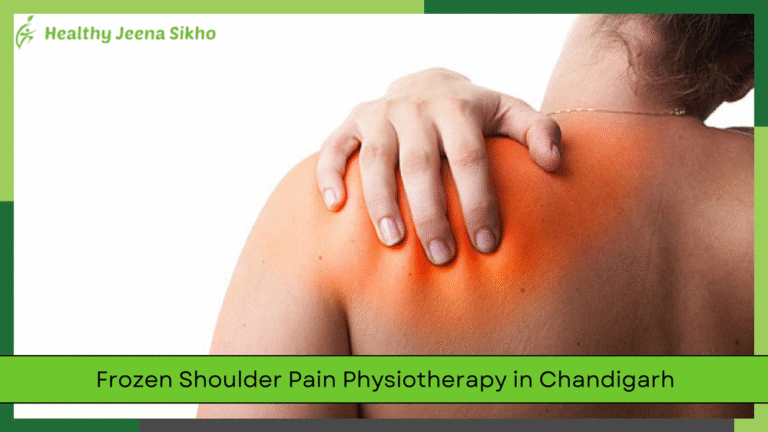

“Mom, can I have a juice coupon at school today?” asks Avni. Her mother, Srushti, a senior engineer at a European automotive company, often juggles work and parenting. Like many working mothers, Srushti gives in to small demands – juices, chips, cakes, chocolates – just to keep things going. Their story is echoed in millions of Indian households.
Ultra-processed and high-sugar foods and beverages have become more accessible than ever. With most items priced between Rs. 5 and Rs. 20, and local shops on every corner – plus instant delivery via Zepto and Blinkit – affordability and convenience make these choices hard to resist.
Recognising this broader behavioural context, the Central Board of Secondary Education (CBSE) recently directed all affiliated schools to establish “Sugar Boards” – informational panels aimed at educating students about the health risks of high sugar consumption. While this is a welcome step, are “Sugar Boards” enough? Simply telling children to avoid sugary foods while offering them sweetened beverages and candy in the canteen sends a mixed – and ultimately counterproductive – message.
In September 2023, Nutrition Advocacy in Public Interest (NAPi) – a coalition of public health experts, legal professionals, youth groups, and patient advocates – released a report titled The Junk Push: Rising Consumption of Ultra-Processed Foods in India – Policy, Politics and Reality . The report calls on the central government to address the rapid rise in consumption of ultra-processed foods, which are often laden with unhealthy levels of fat, salt along with sugar.
A systematic review and meta-analysis of 43 observational studies, involving nearly 900,000 individuals, found that consumption of ultra-processed foods (UPFs) is significantly associated with an increased risk of several noncommunicable diseases and adverse health outcomes. The analysis showed that UPF consumption was linked to 36 per cent higher odds of being overweight, 51 per cent higher odds of obesity, 49 per cent higher odds of abdominal obesity, and 81 per cent higher odds of metabolic syndrome. In addition, it was associated with a range of other conditions, including cardiometabolic diseases, irritable bowel syndrome, and various forms of cancer.
In addition to high sugar and ultra-processed food (UPF) consumption, physical inactivity and sedentary behavior – particularly excessive screen time – are major contributors to pediatric obesity. A strong body of evidence links screen exposure to increased obesity risk in children, with randomised controlled trials showing that reducing screen time can curb weight gain. Contributing factors include decreased physical activity, increased snacking while viewing, exposure to marketing of unhealthy foods, and reduced sleep duration.
Yet, despite growing concerns around UPF consumption, India lacks a uniform definition for UPFs. Terms like junk food, fast food, and packaged food are often used interchangeably. A recent study on food label analysis of 375 brands identified 81 food items as UPFs, including many packaged versions of traditional recipes. Twenty-three UPF categories were created, with breads, chips, and sugary drinks emerging as the most commonly consumed.
The ultra-processed food market is projected to hit Rs. 3.98 lakh crore by 2029 (Euromonitor). Packaged food’s share in household budgets nearly doubled from 6.5 per cent in 2015 to 12 per cent in 2019 (Global Food Policy Report, 2024). The 2023-24 Household Consumption Expenditure Survey confirms the shift: processed foods and beverages now top food expenses in both urban and rural households. These numbers are a clear signal that current strategies to curb unhealthy food consumption and physical inactivity are failing.
Another growing but often overlooked driver of childhood obesity is exposure to obesogens – chemicals in food and the environment that disrupt metabolism and promote fat storage. Many are synthetic additives used in processed foods to enhance taste, texture, and shelf life. As urban diets shift toward ready-to-eat meals, snacks, and sugary drinks, children face rising exposure. Research shows these additives can impair hormonal balance, insulin sensitivity, and energy regulation, increasing the risk of obesity and diabetes. With thousands of food chemicals approved – many inadequately tested – identifying and regulating obesogens is urgent.
Research from India and globally makes it clear: simply labeling foods as ‘healthy’ or ‘unhealthy’ does not translate into better choices. Despite gains in nutritional status, basic nutrition literacy remains low. In this context, structured and culturally grounded, behaviorally-focused and teacher-delivered nutrition education and interventions have proven effective in significantly improving children’s nutrition awareness – and must be prioritised as part of a long-term public health strategy.
Given the complex dietary factors fueling obesity and other non-communicable diseases, school-based nutrition education must urgently expand beyond a narrow focus on sugar. Although lessons on diet, nutrition, and exercise are included in school curricula, the rapid rise in childhood obesity, Type 2 diabetes, ultra-processed food consumption, declining physical activity, and increasing screen time among children clearly suggest that the curriculum remains limited in content, delivery, and real-world applicability.
An actionable school curriculum should equip children with a deeper understanding and practical application of health, balanced diets, and physical activity. Thus, a truly impactful intervention would integrate the Sugar Boards into a wider “Nutrition Board” initiative – one that educates students about balanced diets, the importance of whole foods, hydration, physical activity, and reading food labels.
Such a Nutrition Board is also aligned with the Poshan Abhiyaan initiated by the Government of India. PM Poshan, India’s midday meal scheme, which reaches millions of students daily, can serve as both a delivery platform for healthy food and a living classroom for nutrition learning. Families must be part of the conversation too. Dietary habits formed at home shape those formed at school, and vice versa. Workshops, take-home materials, and community engagement can ensure that school-based learning is reinforced at the household level.
India’s School Health and Wellness Programme under Ayushman Bharat already promotes coordination between education and health systems. But its potential remains underutilised. By including clinicians and healthcare management professionals as core stakeholders – alongside teachers and parents – schools can create a coordinated, data-informed, and child-centric nutrition ecosystem.
Equally vital is the role of clinicians and healthcare management professionals in supporting these efforts. Pediatricians and general practitioners are often the first to detect early signs of weight-related issues in children – such as insulin resistance, elevated BMI, or abnormal lipid profiles. Their role must extend beyond the clinic to community and school health initiatives. Regular school-based screenings and follow-up counseling – led by medical professionals – can enable early intervention and prevent escalation.
Clinicians can also act as nutrition educators and health advocates within the school ecosystem. Workshops for teachers and parents, informed by clinical insights, can reinforce messages around diet, screen time, and physical activity. Meanwhile, healthcare management professionals bring valuable expertise in designing, implementing, and evaluating school health programs at scale. Their skills in health systems integration, data management, and cost-effective service delivery are crucial for making school health programs sustainable and impactful.
Rising rates of obesity and Type 2 diabetes among Indian children are a growing concern. According to the World Obesity Atlas, an estimated 33 million children in India are currently overweight or obese, and this number is projected to increase by 6.2 per cent annually. By 2035, nearly 83 million children could be affected. Childhood obesity significantly raises the risk of developing conditions such as dyslipidemia, hypertension, type 2 diabetes, non-alcoholic fatty liver disease, obstructive sleep apnea, psychological challenges, reduced quality of life, and a shorter life expectancy.
The CBSE’s Sugar Board initiative should be seen as a valuable first step – not a final destination. India needs a generation of students who understand not just the dangers of sugar, but the principles of healthy eating in all its complexity. In an age where food marketing is sophisticated and processed options are everywhere, our schools must provide children with not just warnings, but wisdom.
A child who knows how to read a food label, balance a meal, and enjoy food without fear is far better equipped for a healthy future than one who merely avoids sugar.
References:
https://cbseacademic.nic.in/web_material/Circulars/2025/26_Circular_2025.pdf
https://www.bpni.org/wp-content/uploads/2023/09/The-Junk-Push-Executive-Summary.pdf
https://pubmed.ncbi.nlm.nih.gov/33167080/
https://pmc.ncbi.nlm.nih.gov/articles/PMC8103043/
https://pmc.ncbi.nlm.nih.gov/articles/PMC5769928/
https://bmcpublichealth.biomedcentral.com/articles/10.1186/s12889-024-19624-1
https://www.indiatoday.in/india-today-insight/story/indias-junk-food-epidemic-instant-packaged-ultra-processed-2718795-2025-05-02
https://pmc.ncbi.nlm.nih.gov/articles/PMC8708790/
https://pmc.ncbi.nlm.nih.gov/articles/PMC8655100/
https://journals.sagepub.com/doi/10.1177/0017896909103845
https://pmc.ncbi.nlm.nih.gov/articles/PMC10195501/
https://pubmed.ncbi.nlm.nih.gov/36235650/
https://www.jneb.org/article/S1499-4046(24)00400-7/fulltext
https://pmc.ncbi.nlm.nih.gov/articles/PMC10195501/#r27
https://pubmed.ncbi.nlm.nih.gov/35902780/
https://www.mdpi.com/1660-4601/19/17/10522
https://poshanabhiyaan.gov.in/
https://nhm.gov.in/index1.php?lang=1&level=3&sublinkid=1384&lid=746
https://pubmed.ncbi.nlm.nih.gov/35927921/
The post From sugar boards to nutrition boards: Rethinking health education in India’s schools appeared first on Express Healthcare.







